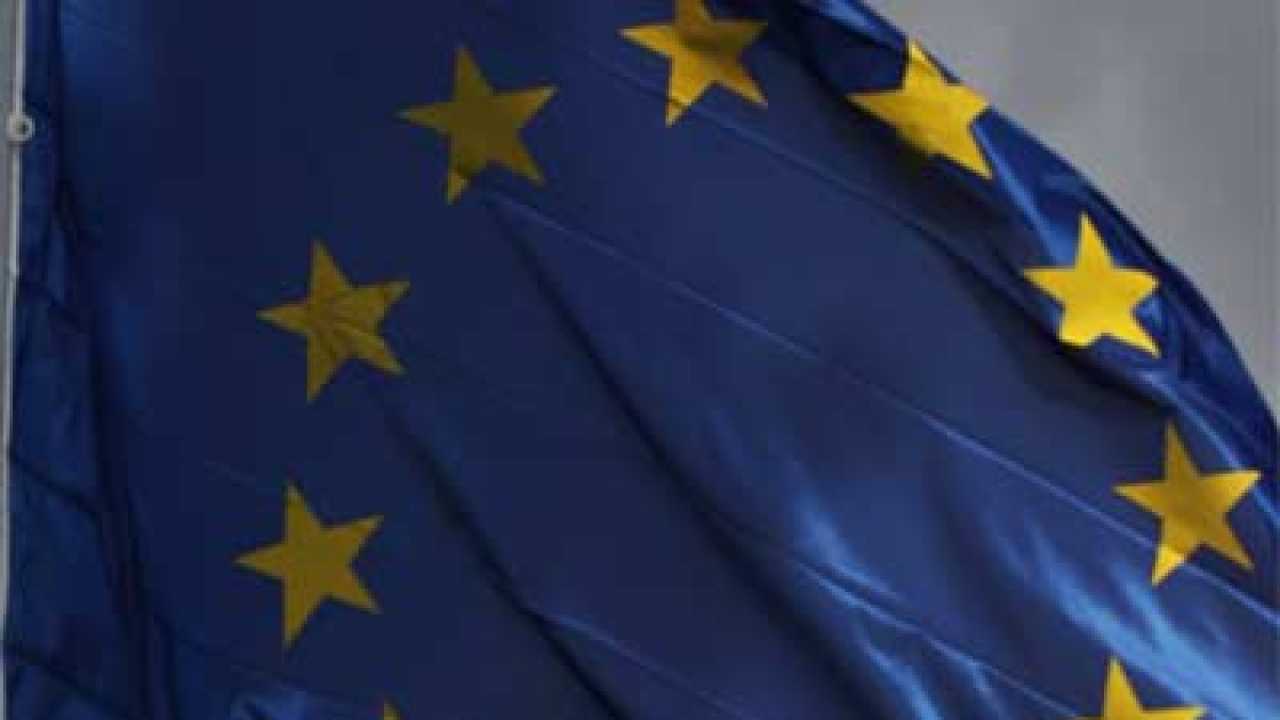
- Select a language for the TTS:
- UK English Female
- UK English Male
- US English Female
- US English Male
- Australian Female
- Australian Male
- Language selected: (auto detect) - EN
Play all audios:
Temperatures reached freezing levels overnight on Sunday. But this didn't stop thousands of people from gazing at the moon as it shined brightly over the northern hemisphere with a
coppery red glow. The blood moon was visible from from Britain, North and South America, and western and northern Europe, but not in the southern hemisphere. HOW TO WATCH THE BLOOD MOON
AGAIN You can live stream the celestial event on TimeandDate.com or on AstronomersWithoutBorders.org. In the UK and Ireland, the penumbral eclipse started at 2.36am GMT. This is when the
Earth’s penumbra - outer part of the shadow - crosses the face of the Moon. A partial eclipse then took take place at 3.33am GMT, which is when the Moon will start turning red. The total
lunar eclipse, when the Moon was completely in the Sun’s shadow, occurred between 4.41am GMT and 5.43am GMT. Over in the USA, the penumbral eclipse was at 11.36pm local time. A partial
eclipse then took place at 12.33am, followed by the total lunar eclipse between 1.41am and 2.43am. WHY IS THIS ECLIPSE KNOWN AS A SUPER BLOOD WOLF MOON? This is because several phenomenons
will occur at the same time. A Super Moon, which is a full moon close or at perigee, the moon’s close point to earth in its orbit. A Blood Moon will also occur at the same time, which is
when the moon appears red during a total lunar eclipse. This is caused by light refraction, which blocks blue light waves in the atmosphere and only allows the red colour through. The wolf
part of the name of this event dates back to Native American times, when wolves would howl at the moon ahead of their mating season in January. The entire eclipse was expected to last more
than three hours, but totality was due to last an hour. The Met Office said the best views in the UK were across the far south east, or over many northern and western parts. But in the US,
many lunar eclipse celebrations in Los Angeles and New York were cancelled due to a flash freeze and icy roads across the central and northeastern states.










